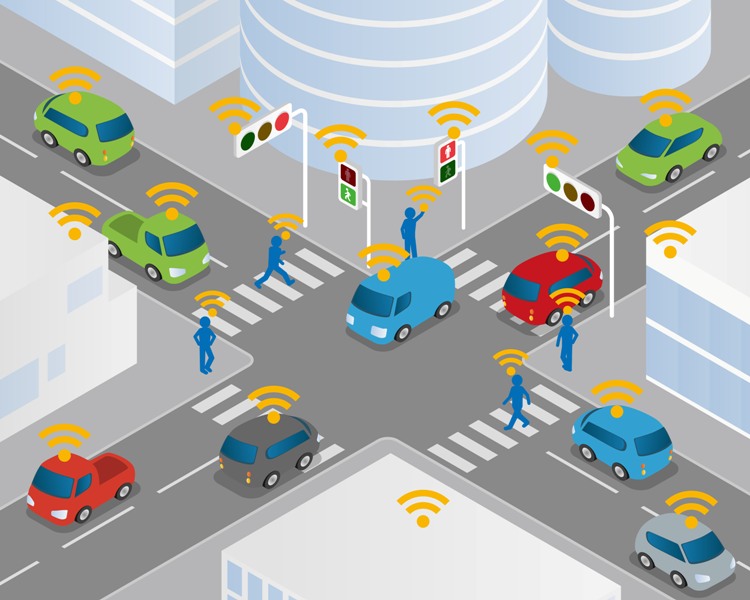The human body is a marvel of engineering, a complex machine that performs countless functions every second of every day. One of its most vital processes is gaseous exchange, the mechanism by which oxygen is taken in and carbon dioxide is expelled. This intricate system is a testament to nature's ingenuity, and understanding it can provide insights into our own health and well-being. In this article, we will delve into the transport system used in gaseous exchange, exploring its intricacies, its importance, and its implications for human health.
The transport system used in gaseous exchange is primarily facilitated by the respiratory and circulatory systems. The respiratory system, comprising the nose, mouth, trachea, bronchi, and lungs, is the gateway through which oxygen enters and carbon dioxide exits the body. The circulatory system, with the heart, blood, and blood vessels, is the highway that transports these gases to and from every cell in the body.
The journey of oxygen begins when we inhale. The oxygen-rich air travels down the trachea and bronchi, reaching the alveoli, tiny air sacs in the lungs. Here, the oxygen diffuses across the thin alveolar and capillary walls into the bloodstream, a process facilitated by the large surface area of the alveoli and the thinness of the capillary walls. This oxygen is then bound to hemoglobin in red blood cells, forming oxyhemoglobin, and transported to the body's cells.
Concurrently, carbon dioxide, a waste product of cellular respiration, diffuses from the cells into the bloodstream. It is carried back to the lungs, where it diffuses into the alveoli and is expelled from the body when we exhale. This cycle of oxygen intake and carbon dioxide expulsion is the essence of gaseous exchange.
The efficiency of this transport system is crucial for our survival. Any disruption, such as lung diseases like COPD or heart conditions like congestive heart failure, can impair gaseous exchange, leading to a lack of oxygen and an accumulation of carbon dioxide in the body. This can result in symptoms like shortness of breath, fatigue, and in severe cases, can be life-threatening.
Understanding the transport system used in gaseous exchange is not just academically fascinating; it has practical implications too. It underscores the importance of maintaining respiratory and cardiovascular health, whether through regular exercise, a healthy diet, or avoiding pollutants and toxins like cigarette smoke. It also highlights the potential impact of environmental issues like air pollution and climate change on our body's ability to perform this vital function.
In conclusion, the transport system used in gaseous exchange is a complex, efficient, and vital process that underscores the intricate interplay between our body's various systems. By understanding this process, we can better appreciate the marvel that is the human body and take steps to ensure its continued health and well-being.

